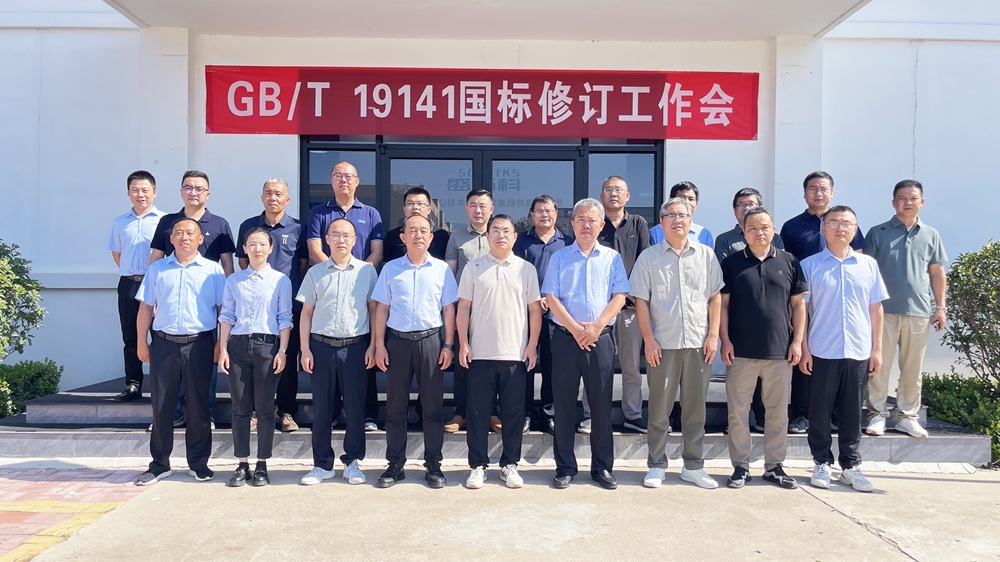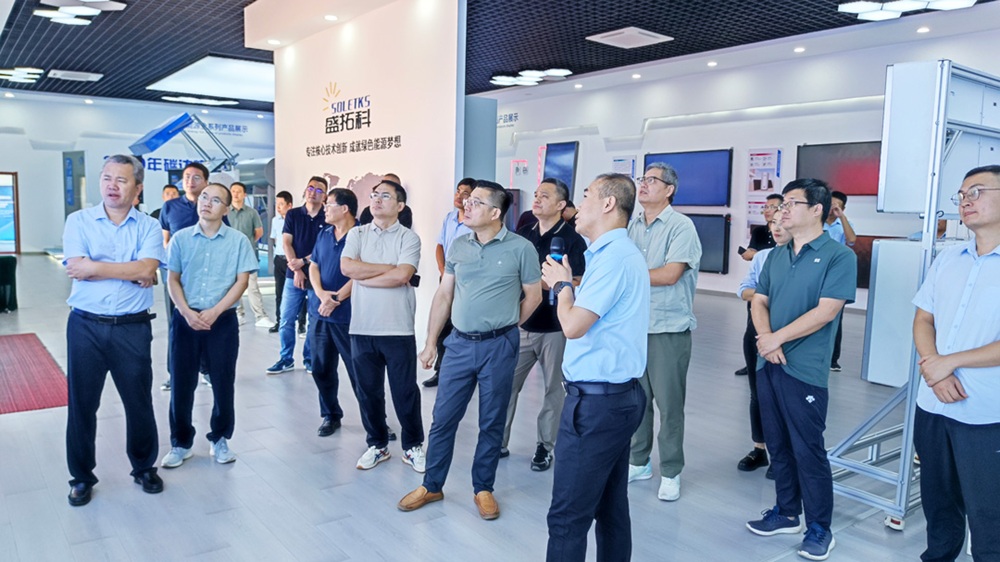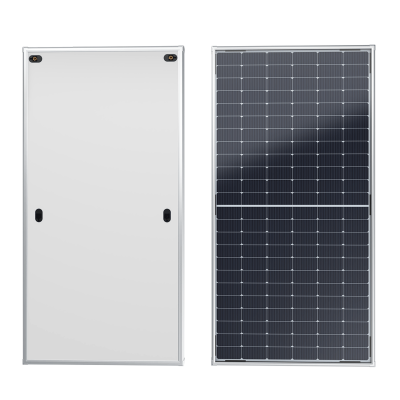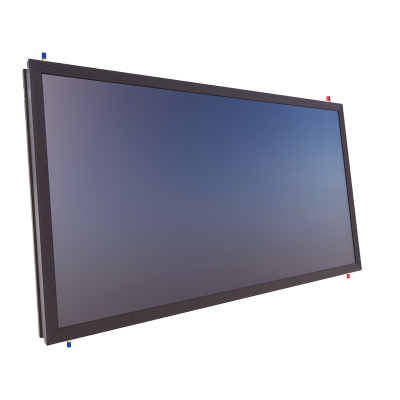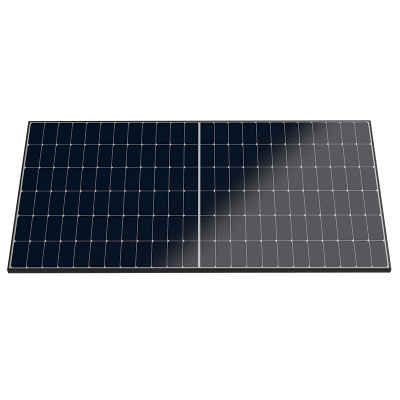How Is China Updating Its Solar Water Heating Standards? Soletks Group Takes the Lead
China is updating its national solar standards to keep up with modern technology and climate goals. Soletks Group co-hosted a major conference that marked the next phase of GB/T 19141 revisions. What does this mean for the industry?
China’s national standard GB/T 19141-2011 defines the technical specifications for domestic solar water heating systems. Due to rapid advancements in vacuum tubes, flat-plate collectors, and digital controls, the standard is undergoing a major revision. Soletks Group, a key co-organizer of the discussion forum held in July 2025, plays a crucial role in updating this foundational standard to support safe, efficient, and sustainable solar technologies.
As the solar thermal industry evolves, Soletks Group is helping set the pace.
The technical forum on the revision of GB/T 19141-2011: Specification of Domestic Solar Water Heating Systems took place on July 18, 2025, in Dezhou, Shandong Province, hosted by the China Academy of Building Research and the China National Institute of Standardization, with Soletks Group as co-organizer.
The event brought together leading institutions including national solar quality inspection centers, universities, and brands like Haier and Micoe.
What Is GB/T 19141-2011 and Why Does It Matter?
This standard defines everything from terminology and product classification to safety parameters, energy efficiency, and installation procedures. Originally published in 2011, it is now undergoing critical updates to meet today’s solar technology and carbon neutrality needs.
Why Is China Revising the National Solar Water Heating Standard?
Driven by technological innovation, urban integration, smart system demands, and dual carbon targets, the GB/T 19141 standard is being revised to reflect modern solar heating requirements.
What Are the Key Components of Domestic Solar Water Heating Systems?
Solar collectors (flat-plate or vacuum tube)
Storage tanks
Pumps and controllers
Insulated piping
The new version will also cover digital controls, efficiency ratings, and integrated safety mechanisms.
What Is a Flat-Plate Solar Collector and How Does It Work?
A flat-plate solar collector uses a flat absorber plate to collect heat, offering architectural integration, consistent performance, and long-term durability. The updated standard addresses its growing relevance in solar design.
How Is Soletks Group Contributing to National Standards?
Soletks Group has over 20 years of expertise in solar thermal. With 117 patents and participation in 15 standards, the group co-hosted the 2025 forum, highlighting its leadership in system design, technology R&D, and national collaboration.
How Will the New Standard Impact Solar Energy Adoption?
The revision will improve product safety, system efficiency, and compliance for local and international projects. It sets a reliable benchmark for exporters and industry players alike.
What Are the Future Trends in Solar Thermal Systems in China?
Smart and IoT-enabled solar controls
Solar + heat pump hybrid systems
Building-integrated solar design
Advanced coating and insulation materials
Policy-driven industry alignment
Soletks Group is actively investing in all these future-ready innovations.
How Does the Standard Support China’s Dual Carbon Goals?
By improving energy efficiency, reducing fossil fuel reliance, and promoting building-level solar adoption, the standard is a core driver of China’s carbon peak by 2030 and carbon neutrality by 2060 goals.
Soletks Group: Driving Innovation Through Standardization
Soletks Group believes "Innovation is the engine of competitiveness." Beyond product excellence, the group will continue to contribute to national standards, deepen global solar cooperation, and push green technology forward.
Soletks Group continues to lead with innovation and collaboration. By helping shape national solar standards, we’re not just building better products—we’re helping build a greener future.

